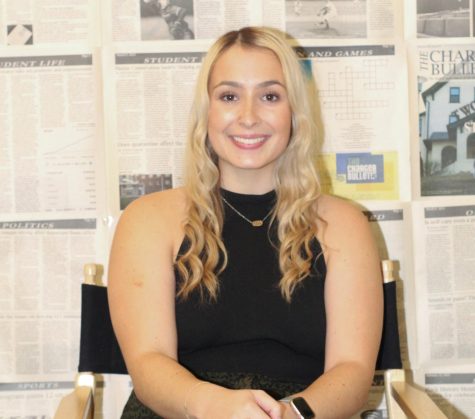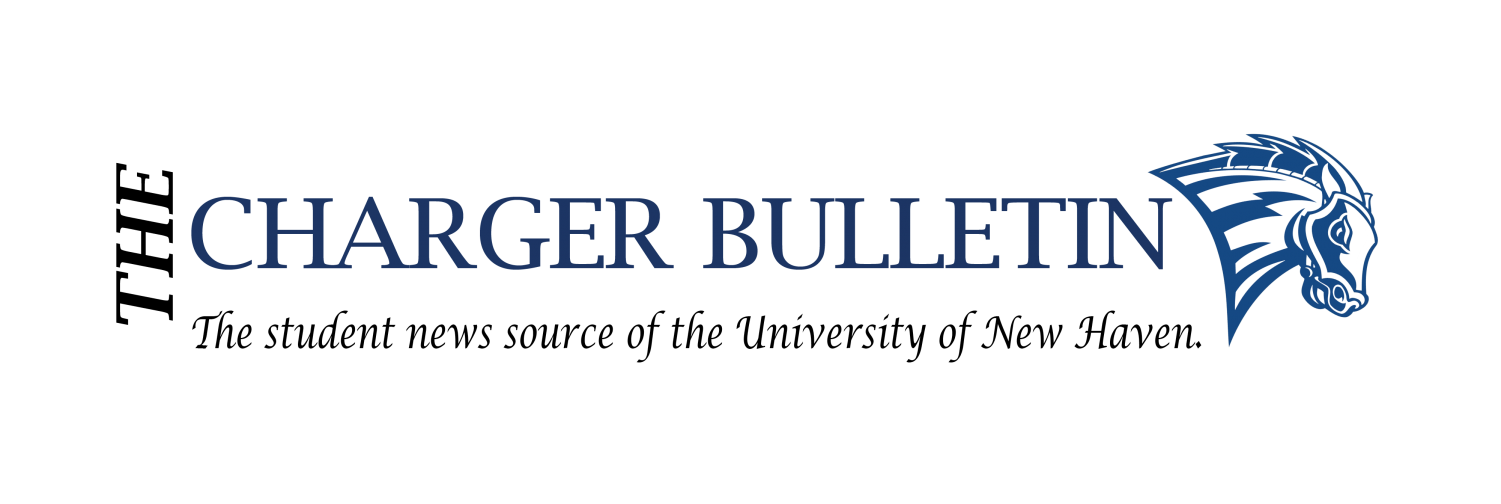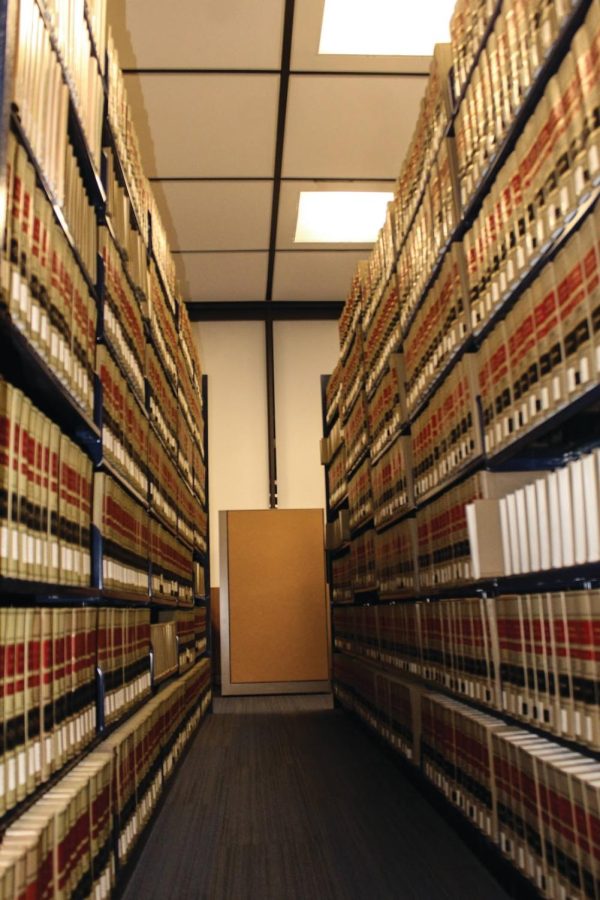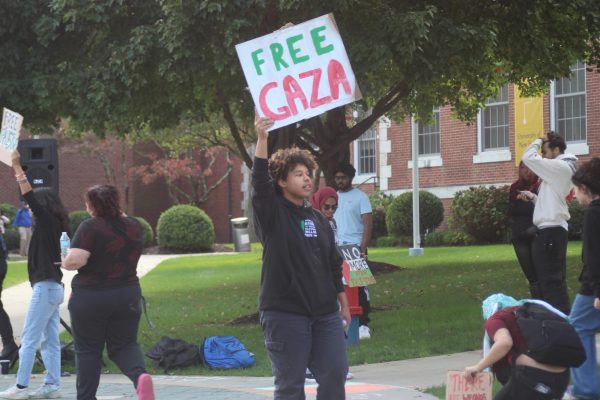Students will be consulted to create “the library of the future”
Nearly two years ago, during the Undergraduate Student Government Association (USGA) meeting on Nov. 15, 2019, university President Steven Kaplan attended as a guest. At this meeting, Eric Moore, a now-class of 2021 graduate, posed the question of how to get more spaces for students to study within the library itself. Kaplan responded by asking the floor, by a raise of hands, if students would like more technology spaces and fewer books.
According to the USGA meeting minutes from that day, Kaplan responded, saying: “ We are going to try to change that and offer more study spaces for you all.”
After an academic year devoted to the pandemic, the university’s strategic plan is looking to change just that.
The university’s Strategic Planning Steering Committee–which consults students, staff, faculty, the Board of Governors, alumni and students’ parents–is tasked with developing a five-year strategic direction for the University of New Haven, including specific objectives and initiatives.
Interim Provost Mario Gaboury, who was also present at the 2019 USGA meeting back, said that although there are no specific plans yet for the library, it is a high-priority concept within the strategic plan and compiles student input and compares it to other modernized library models.
“If you Googled ‘college and university libraries of the future’ you would get a lot of articles coming up,” Gaboury said in regards to the research process.
Kaplan said that as this plan launches, he is excited about the university’s ongoing evolution as this plan is put into action.
“I have often said that the problem with higher education is that our students have changed and we have not,” said Kaplan. “We will thus need to be open-minded about possibilities that we may not have considered just two years ago, and reimagining the Library will be one of the central initiatives to help us keep pace with the ways that students wish to access information, learn, collaborate, create and problem-solve.”
Kaplan said that a popular approach the Steering Committee will explore is the idea of a “digital commons.”
Digital Commons is a cloud-hosted software and publishing platform that nearly 600 institutions across the country are using.
“As the amount of information that students and faculty use continues to increase exponentially, it is both technologically imperative and socially responsible to shift away from physical holdings and capitalize on the efficiencies of digital content sharing and decentralizing access to information,” Gaboury said.
He also said that this is a step up from talking about it in a general way prior to COVID, as in the 2019 meeting. In fact, the idea stemmed from a visit to Philadelphia College of Osteopathic Medicine, where he and Summer McGee, the former dean of the School of Health Sciences, toured the facility. When they went into the library, Gaboury said he was surprised to see there weren’t any books.
He said that digitizing the library is not a new concept, but it makes perfect sense for our university, especially after the pandemic causing a leap into the digital world.
The intention was always to explore how to modernize the library, but it had to be re-prioritized after the pandemic.
“When COVID hit, everything went into suspended animation for a while,” said Gaboury.
Lola Perez, senior forensic science and molecular biology major, uses the library frequently as a student, a writing center tutor and a biology lab assistant.
“Common spaces might be more helpful, but at the same time I know for me it is helpful to have a physical copy of whatever article, journal or book that I am using,” said Perez. “And there… [are] a lot of issues [with] digitizing. . . even on the database’s website you can’t find the whole text or you don’t have access to the full text so you have to order it, and that takes a lot more time than just running upstairs, finding the book that you need and using it.”
Perez said that she thinks the university should produce a hybrid of accessible digital options and enough physical copies for majors such as sciences, psychology or criminal justice that may need it.
Other students use the library more as a study space than for its physical resources. Carleigh Vedder, freshman nutrition and exercise science major, uses the library a few times a week for two hours at a time or more. She does not use the books, and enjoys the basement of the library to work with friends but would appreciate more spaces too.
Emily Barry, junior health sciences major, uses the library three to four times a week for a few hours at a time.
“I think there are a decent amount of spaces, but that upstairs part—right up these stairs [from the basement] that is closed off—I feel like that would be a good space since no one really goes up there,” said Barry.
Both Kaplan and Gaboury added that as the steps towards the digital commons are formulated, students will be consulted on their vision for “the library of the future.”

Kelly Adkins is a senior communication major with a concentration in journalism. Kelly has been a contributing writer for the Charger Bulletin since 2019...







